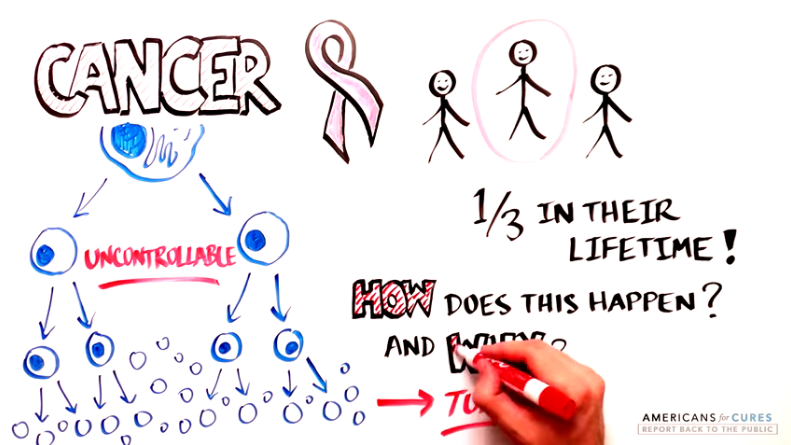Overview
Glioblastoma is an aggressive type of brain tumor known as a glioma. Gliomas are primary tumors that arise within the brain itself, rather than metastasizing to the brain from another cancer site elsewhere in the body. These tumors—gliomas—form when glial cells, a gluey type of support cell within the brain, begin to divide quickly and uncontrollably within the brain.
Generally there is no known way to predict or prevent the disease.
Treatment of glioblastoma is an arduous process. Brain surgery is the primary line of defense in order to remove as much of the tumor as possible. Tumor removal can result in other neurological damage, and is not able to target the rogue cancerous cells that exist elsewhere in the brain, outside of the main tumor mass. Surgery is followed by radiation and chemotherapy in an attempt to kill the diffuse cancer cells that remain in the brain. These treatments in themselves will not cure a patient of brain cancer, but can offer a short-term treatment to improve prognosis. Recurrence invariably occurs.
Progress Towards A Cure
Other promising work at ImmunoCellular Therapeutics is harnessing the power of a patient’s own immune system to target cancer cells in the brain. Specialized immune cells, called dendritic cells, are modified to specifically recognize targets on the outside of the cancer cells. So far, results in clinical trials are promising, and the company is scaling up to a large population of patients to evaluate how effective it is. The hope in both of these lines of research is to make therapies more targeted to ensure that they are not so toxic to the patient and are better at getting rid of the cancer.
Be the First to Know
Progress in stem cell research continues to save lives and help us treat chronic disease for millions of Americans. Sign up now for updates on the latest breaking news, advocacy opportunities, upcoming events and more.


